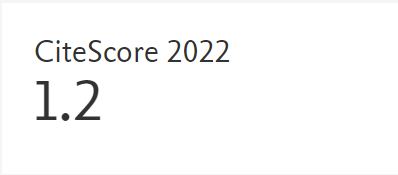CFD simulation of a pilot plant delayed coking reactor using an in-house CFD code
Resumen
A simulation of a pilot plant delayed coking reactor was performed using an in-house computational fluid dynamics (CFD) code. The reactor was modeled as a three-phase dynamic system where the coke is the porous solid phase, the vacuum residue the liquid phase and the distillable product the gas phase. Equations of continuity, momentum, and energy proposed to describe the coking dynamic process where discretized employing the finite volume method and the domain was defined by a 2D structured axisymmetric grid. A PEA algorithm was developed to account for the drag between the fluid phases, and a modified SIMPLEC algorithm achieved the pressure-velocity coupling. The CFD simulator was programmed in C++ code for Linux operating system; all the graphics were constructed in ParaView visualization platform. A full run of 12 hours and the cooling of the resulting coke bed for three different vacuum residues were simulated, the results were compared with experimental data and a good agreement was observed, the simulator demonstrated great potential to be scaled up to industrial level.












